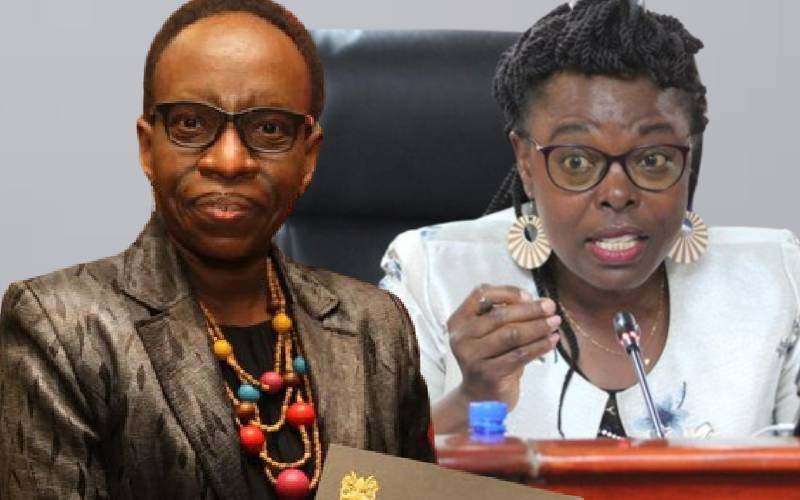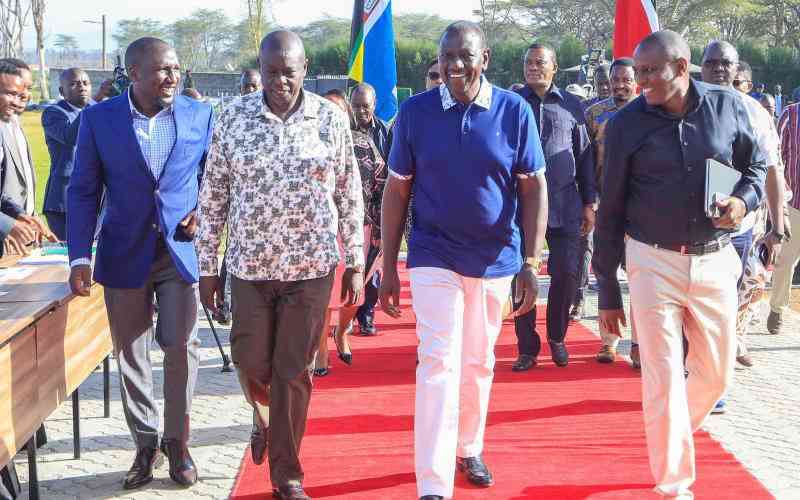The purpose of an economic stimulus is essentially to stimulate.
In agriculture, fertiliser is used to improve soil quality and nutrients in order to stimulate faster and better plant growth. So are bone marrow drugs in medicine, given to patients with suppressed immunity to stimulate production of more blood cells.
So the logic must follow that even in economics, a stimulus plan or programme must bring with it much-needed push to ignite and catalyse growth and development of elements of an economy.
President Uhuru Kenyatta launched on May 22, 2020, an ambitious Sh53 billion mechanism referred to as the 8-Point Economic Stimulus Programme. He rightfully argued that the Covid-19 pandemic is not only a health crisis but essentially an economic crisis.
What was missing in the president’s statement was an acknowledgment of the fact that the economy was already on its knees long before the arrival of Covid-19. By September 2019, businesses were crumbling, struggling with basic things as rent and emoluments for workers.
The 2020 Economic Survey indicates that gross domestic product growth was about 5.4 per cent in 2019, down from 6.3 per cent in 2018. Nearly every sector registered slow growth in 2019.
For ordinary Kenyans, the economic crunch was already being felt - at dinner tables in households without food, shops without stock, farms without returns and hospitals without medicine and personnel. We were literally staring at the abyss.
As such, an economic stimulus was much needed to buoy the country to survive the impact of Covid-19 but also to bolster economic growth suppressed for over 5 years.
More money
By his own admission, Uhuru argued that there was need to put more money in the hands of families, to give them power to make economic choices in their local spaces and not depend on lining up to receive food donations.
The important question to ask is, what informed the identification of the focus sectors and the proportions of the Sh53 billion to be shared across the sectors? The other question, and perhaps more important, is on the extent to which these chosen sectors and the money allocated to them will actually do what they are intended to do – stimulate growth.
It has been argued before that for such stimulus packages to work, they need to be, at the least timely, temporary and targeted.
They must be timely to ensure that the effects are felt while economic activity is still sub-optimal like it currently is in Kenya. As such, by this measure, the policy is worth its timing.
Secondly, a stimulus package needs to be temporary, especially to ensure that it does not lead to unintended rise in inflation and limit other long term negative effects like on budget deficits. By Uhuru’s statement, the package appears scheduled for implementation for about a year.
And lastly, a stimulus programme needs to be targeted to be effective. It must have within it, mechanisms for ensuring that resources go to the people who need them most and will spend them because the essence of stimulus is to activate spending.
Stay informed. Subscribe to our newsletter
Notably a substantive proportion of the stimulus cash has been earmarked for spending in areas that shall arguably reach lower-income households and businesses, increase spending and accelerate economic activity
Ultimately, the big caveat will be how well the package is administered.
- The author is Executive Director at the Africa Centre for People Institutions and Society
 The Standard Group Plc is a
multi-media organization with investments in media platforms spanning newspaper
print operations, television, radio broadcasting, digital and online services. The
Standard Group is recognized as a leading multi-media house in Kenya with a key
influence in matters of national and international interest.
The Standard Group Plc is a
multi-media organization with investments in media platforms spanning newspaper
print operations, television, radio broadcasting, digital and online services. The
Standard Group is recognized as a leading multi-media house in Kenya with a key
influence in matters of national and international interest.
 The Standard Group Plc is a
multi-media organization with investments in media platforms spanning newspaper
print operations, television, radio broadcasting, digital and online services. The
Standard Group is recognized as a leading multi-media house in Kenya with a key
influence in matters of national and international interest.
The Standard Group Plc is a
multi-media organization with investments in media platforms spanning newspaper
print operations, television, radio broadcasting, digital and online services. The
Standard Group is recognized as a leading multi-media house in Kenya with a key
influence in matters of national and international interest.








